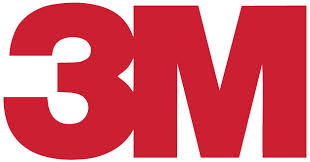
Did you know that you are far more likely to get into a fatal automobile accident while driving at night than you are during the day even though there are far fewer vehicles on the road? According to the Federal Highway Administration (FHA), nearly 50 percent of fatal traffic accidents happen during nighttime driving hours even though more than 75 percent of drivers drive their cars, trucks, or SUVs during daytime hours.
Road Signs Are Only Effective When They Are Visible

Preventive measures can be taken by drivers to reduce such accidents. Undoubtedly driver fatigue and driving under the influence contribute to this high rate of collisions. Yet safety experts at the FHA believe visibility of road traffic signs plays a key role. That’s why it has mandated the use of retroreflectivity materials on traffic signs, such as one way signs, advisory speed limit signs and of course stop signs. Such materials can play a significant role in reducing nighttime driving crashes. Moreover, having such retroreflectivity materials on these signs is now required by law.
In addition posting reflective object markers on existing yellow or orange arrow, striped, or chevron signs can help increase their visibility at night. Such road safety signs can be particularly useful when driving down a sparsely populated rural road that lacks any other type of signage or distinct markers. When driving at night fatigued drivers may not be able to accurately assess depth perception particularly when it is raining or snowing outside. Such safety reflectors on signage can help improve safety by keeping drivers alert and attentive to their environment.
The Law Requires Road Signs’ Luminosity to Be Maintained
To improve visibility and increase driver awareness, minimum levels of sign retroreflectivity must be maintained on all standard MUTCD signs. This reflective material enables our traffic signs to be better seen at night because the material reflects light from a car’s head beams increasing the signs’ luminosity. To keep compliant with the MUTCD ruling, our warning traffic signs and others must be updated on a regular basis in order for the reflective material to maintain its potency. Manufacturer 3M makes some of the most renowned and technologically advanced retroreflectivity materials and products in use on the highways and roads today.

